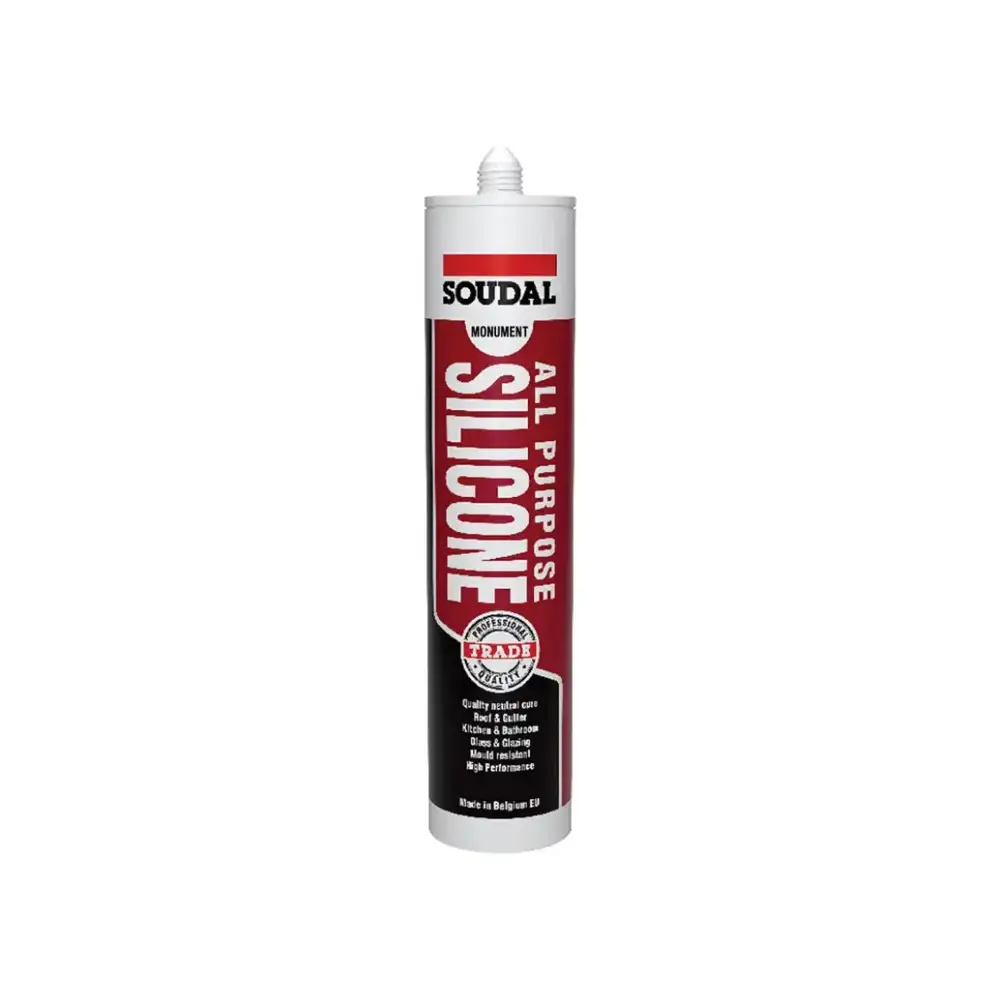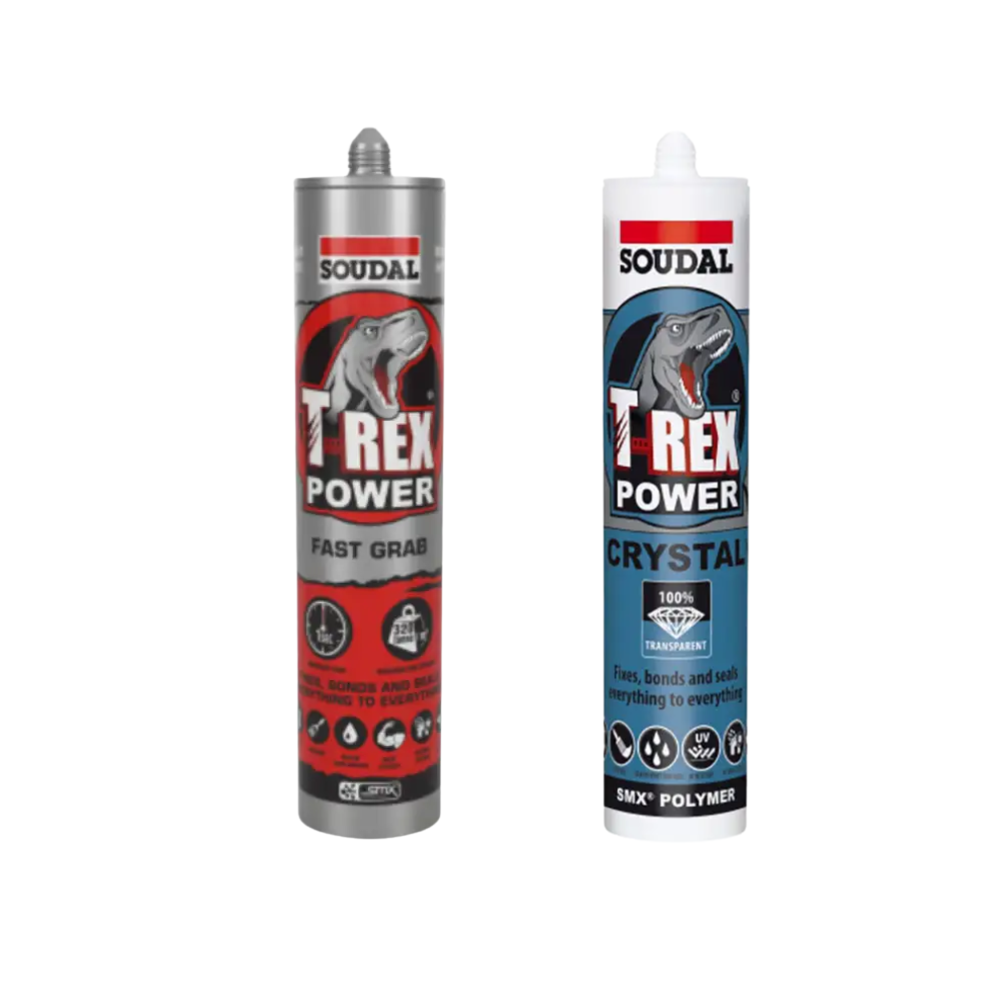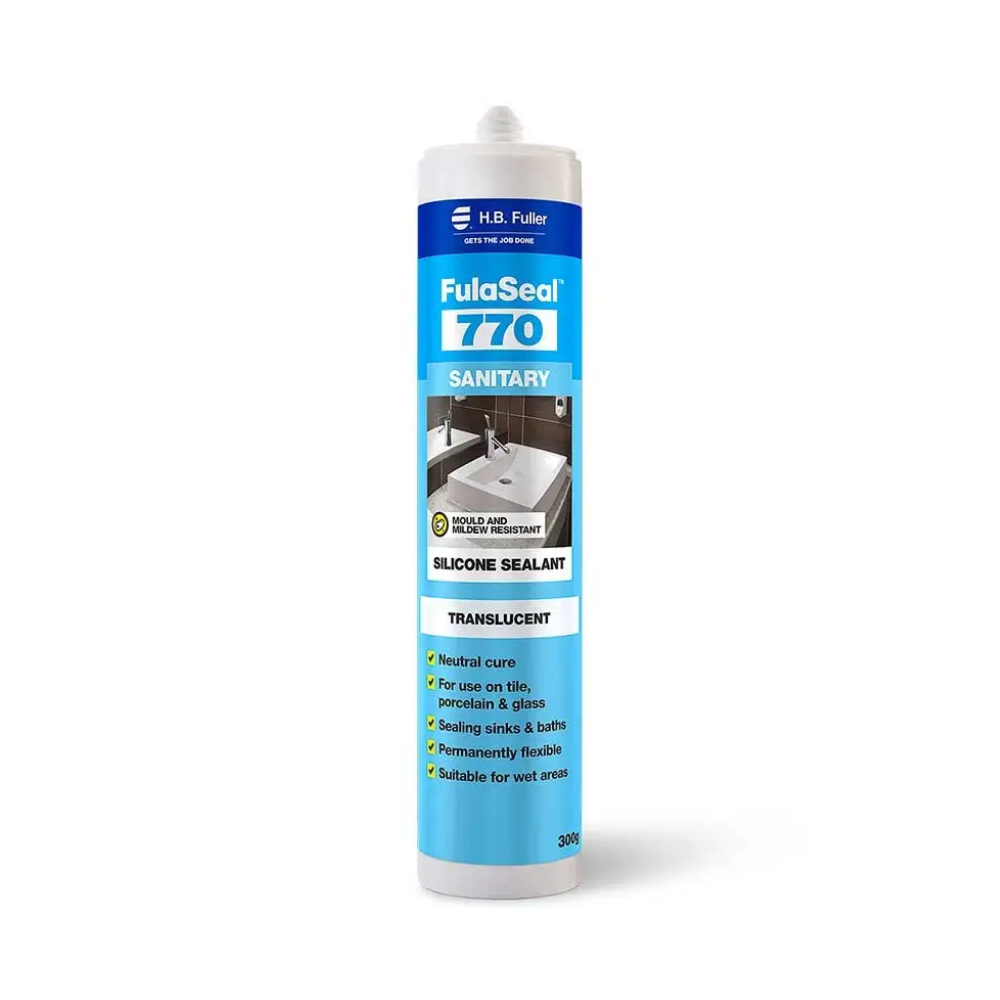The appearance of mould and mildew on sealants is a frequent issue, often identified by black spots and stains on cured sealant surfaces. At NHS, we understand how frustrating and unsightly this can be, which is why we offer solutions to help keep your sealant joints clean and durable in high-moisture environments like bathrooms and kitchens.
Why Does Mould Grow on Sealants?
Mould fungi are microbes, and out of over 250,000 known types of fungi, around 50,000 belong to the mould category. These fungi thrive in environments where three key factors are present:
|
 |
Mould fungi reproduce through microscopic spores that distribute like dust, are highly resistant, and have long lifespans. When spores settle on a sealant joint with moisture, organic waste, and warmth, they absorb moisture, swell, and develop into germ tissue (mycelium), which can grow rapidly. Once mould fungi establish, they produce metabolic by-products that cause the black discoloration seen on the sealant.
How to Prevent Mould and Mildew on Sealants
Good hygiene and regular maintenance are essential to preventing mould growth on sealant surfaces. Here are some key preventive measures:
- Regular Cleaning & Disinfecting – Keep surfaces clean with neutral or alkali-based cleaners and disinfectants to prevent mould formation. Avoid acid-based cleaners as they can promote mould growth.
- Proper Ventilation & Dry Conditions – Ensure rooms are well-aerated and kept dry to slow down the formation of mould. Installing exhaust fans or opening windows can help reduce moisture build-up.
- Use of Mould-Resistant Sealants – Choosing high-quality sealants with fungicidal additives can prolong the resistance to mould and mildew.
- Eliminate Organic Residues – Clean away soap scum, body gels, and kitchen residues frequently, as these materials provide an ideal breeding ground for mould.
What to Do if Mould Appears on Sealant Surfaces
If mould growth is limited to the surface, an anti-mould spray or similar product can be applied to kill the fungi. The black residue can then be cleaned off easily. It is important to act quickly before the mould penetrates deeper into the sealant.
However, if the mould has grown into the depth of the sealant joint, the only solution is to completely remove the affected sealant. Before applying a new sanitary sealant, ensure the joint area is thoroughly cleaned and treated with an anti-mould spray to eliminate any remaining fungi.
Mould-Resistant Sealants
High-quality sealants contain built-in fungicides to help prevent mould growth. These mould inhibitors block fungal formation but are gradually consumed over time, meaning even mould-resistant sealants will eventually need replacement in high-exposure environments.
Soudal offers a range of high-performance sealants specifically formulated to resist mould and mildew. These products include advanced fungicidal additives that provide long-lasting protection against mould growth, making them ideal for high-moisture environments.
Soudal’s mould-resistant sealants available at NHS include:
|
 |
 |
Click here to see Soudal's whole range of mould-resistant sealants.
| Fulaseal 770 Sanitary Silicone range by H.B Fuller also contains a built-in fungicide to fight off mould and mildew and is also available from NHS. |  |
Understanding the Lifespan of Mould Inhibitors
Soudal uses quality fungicides free of heavy metals to protect both the environment and your surfaces. These mould inhibitors provide long-term resistance but will deplete over time, meaning that after extended exposure to moisture and organic matter, mould may eventually form. Regular cleaning and timely reapplication of sealants ensure long-lasting protection.
Trust NHS for Mould Prevention Solutions
While no sealant is completely immune to mould, selecting high-quality products, maintaining proper hygiene, and ensuring good ventilation will significantly reduce the risk. NHS, in partnership with Soudal, provides expert advice and top-quality sealants to keep your projects looking great and lasting longer.
For more information on NHS’s range of Soudal sealants and mould prevention solutions, visit our website or speak to one of our experts in-store.



